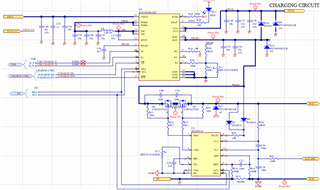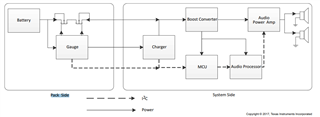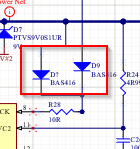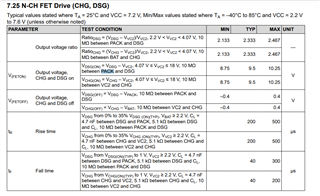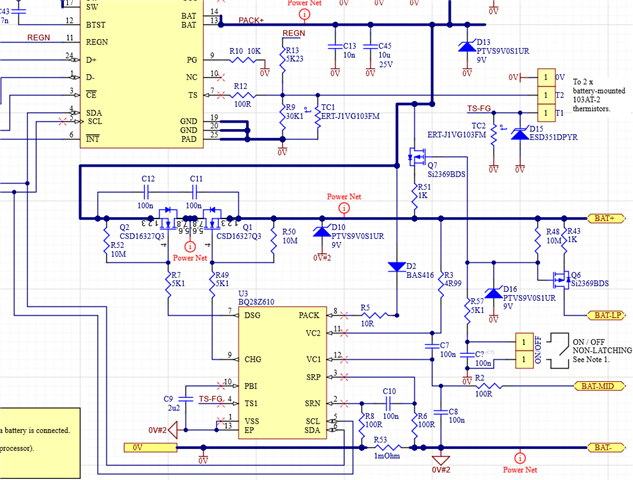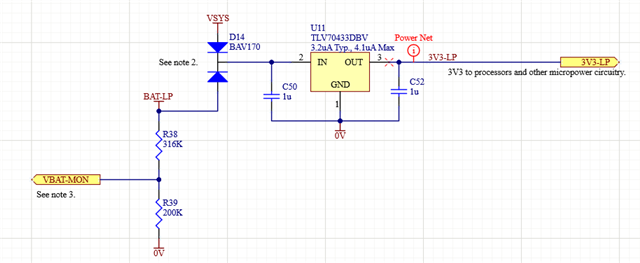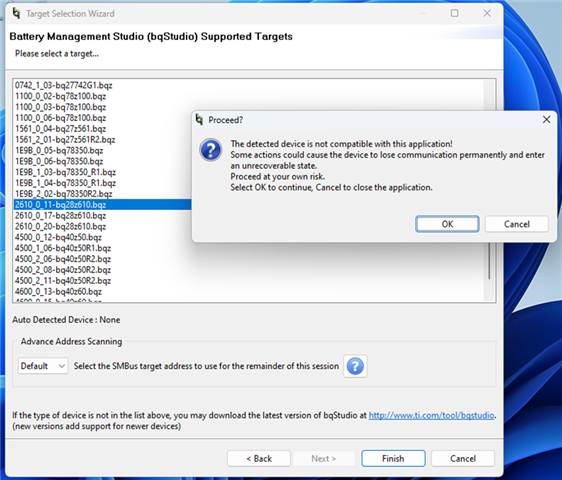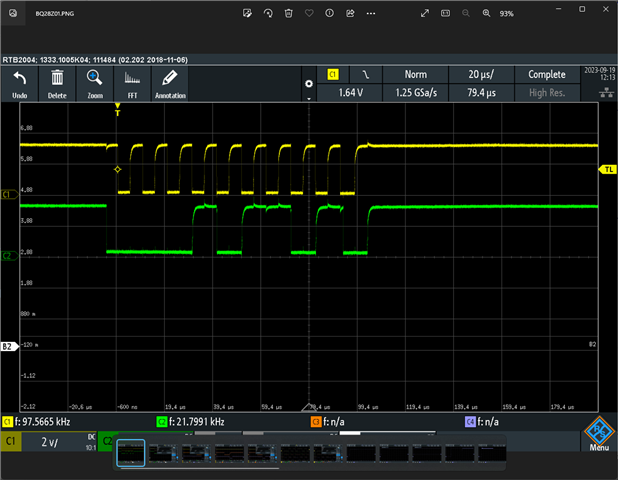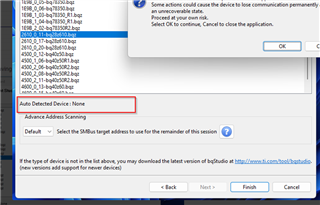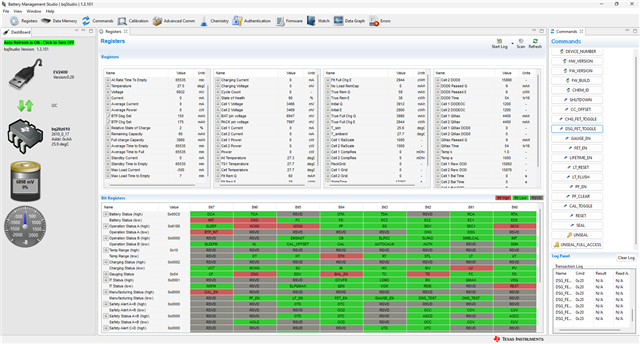Other Parts Discussed in Thread: BQ25883, BQSTUDIO
I am using the BQ28Z610 but not as a self-contained battery pack. Rather, a 2-cell lipo battery will generally be supplied by the user and plugged into the BQ28Z610.
There will also be a USB-C input for charging of the battery (although users may just plug in a fully charged battery instead, so USB-C charging is optional).
Hence, i want the BQ28Z610 to power up as soon as the charged battery is attached, turn on the MOSFETs and supply voltage to VSYS of the charger.
I note that the TI evaluation board has a switch from VBAT TO VPACK to temporarily allow the user to connect VPACK TO VBAT to bring the device out of shutdown.
i don't want that. There will not be an on/off switch.
If the battery is present, the device will be on.
I do have a micro-power processor powered directly by the battery so the processor is powered continuously provided sufficient battery voltage is present.
In the TI example circuits there is a diode from VPACK to the PACK terminal for powering the BQ28Z610. However, i do not think that is sufficient to power up the BQ28Z610 when a new, charged battery is attached. Indeed, the TI evaluation board has a switch that can be pressed that shorts VBAT to VPACK to bring the device out of shutdown.
Is it acceptable to also connect a battery directly from the positive battery terminal to the PACK terminal of the BQ28Z610?
The intention is the the BQ28Z610 is powered whether or not USB power is applied or just the battery voltage?
The processor could (possibly) put the fuel gauge into shutdown for minimum current consumption although I suppose that would make it lose its ability to keep an accurate battery capacity. The processor could also wake up the BQ28Z610.
There will be some other circuitry attached to VSYS, which I would ideally like to disable to reduce power.
Question: Is there any way that can be turned off other than shutting down the BQ28Z610?
I don't think the BQ25883 can have its VSYS O/P disabled but i thought I'd ask while here.
Question: Does the circuit below seem acceptable (re the diodes to PACK terminal of the BQ28Z7610)?
Question: Is there some particular reason why the Ti circuits show VPACK connecting to the PACK terminal rather than VBAT? If VBAT was connected, the device would always be powered, although it could still shutdown if needed.
Thanks for any assistance,
Derek
